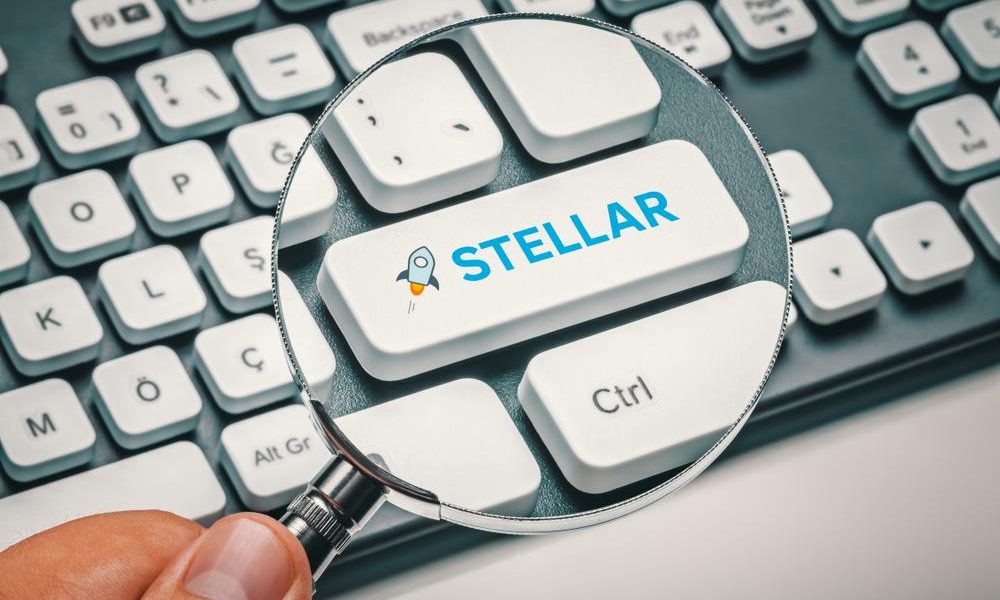- At least 105 countries, representing over 95 percent of global GDP, are exploring the use case and development of CBDCs.
- The USDC and other stablecoins can co-exist with Central Bank Digital Currencies (CBDCs) a study finds.
Without a doubt, the Central Bank Digital Currency (CBDC) can work great with private stablecoins. A recent study by Hong Kong Monetary Authority found that this is true, ‘even if intermediary operators go bust.’ As such, crypto projects working on global payment rails that are set to tap into CBDC, including Stellar Lumens and Circle, have a big market opportunity.
“Bringing CBDC-backed stablecoins to life has never been done before,” the study said. “The system developed for the CBDC-backed stablecoins is unique and can be useful” for central banks, it added.
According to metrics data provided by atlanticcouncil.org, 105 countries, representing over 95 percent of global GDP, are exploring the use case and development of CBDC.
Worth noting that ten countries have fully launched a CBDC, with China’s pilot set to expand next year. Jamaica is the latest country to launch a CBDC dubbed the JAM-DEX. Nigeria launched its CBDC in October 2021 and has since recorded tremendous progress in facilitating global payments.
Stellar and Circle curve financial future backed by CBDCs
Stellar (XLM) has emerged as the next go-to payment blockchain for institutional investors. According to Stellar’s (XLM) project website, USDC-issuer Circle and Moneygram are among the top institutional investors built on their blockchain infrastructure.
Worth noting that BlackRock is a significant investor in Circle and its stablecoins network. As more countries work towards a digital currency, Circle and Stellar are looking at bounty harvest in the future.
Moreover, the United States White House recently stated that it would help it’s blockchain and crypto-related companies thrive in the global market.
The USDC stablecoins have a total supply of 43,895,982,496, hence ranked fifth by market capitalization. On the other hand, Stellar (XLM) is exchanging hands at around $0.111150. With a fully diluted valuation of $5,559,515,314 and a market capitalization of approximately $2,847,118,787, XLM is ranked 25 among all digital assets.
Reportedly, there are nine cross-border institutional (bank-to-bank) CBDC tests and three cross-border retail projects that are ongoing. Additionally, nineteen G20 countries are exploring using a CBDC, with sixteen already in the development stage. These include South Korea, Japan, India, and Russia.
As such, Stellar and Circle anticipate catching a major market share since it has been proven that stablecoins can seamlessly operate together with CBDCs. Furthermore, project Aurum – named after the Latin word for gold – concluded that CBDCs used by retail customers could be private and flexible.


